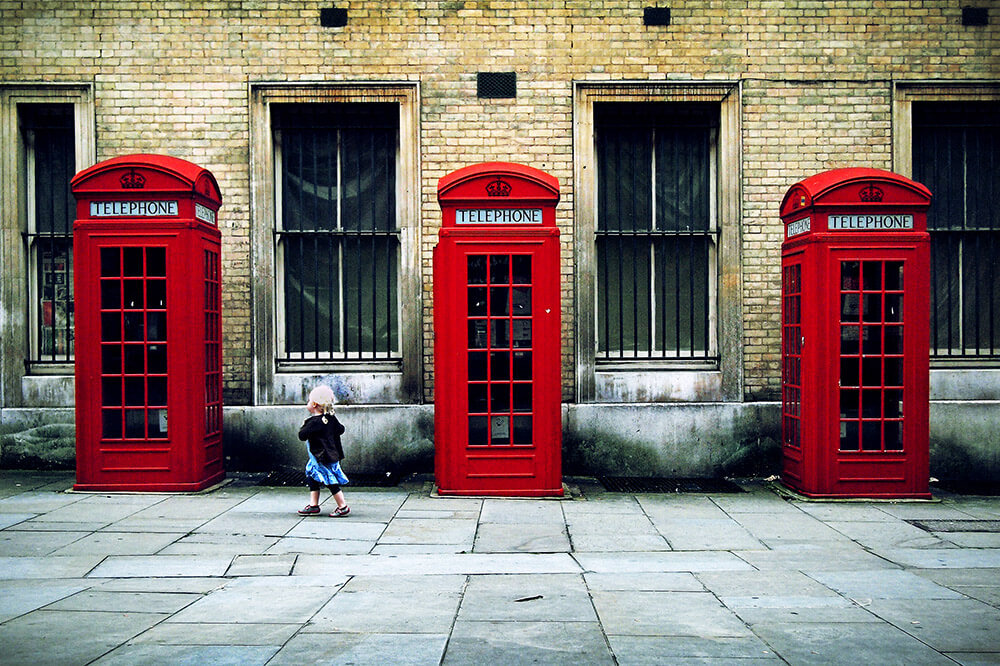Street Photographers Can Be Fun For Everyone
Table of ContentsSome Known Details About Street Photographers Getting The Street Photographers To WorkAbout Street Photographers7 Easy Facts About Street Photographers DescribedSome Known Factual Statements About Street Photographers
A style of digital photography that records day-to-day life in a public area. The very publicness of the setting makes it possible for the photographer to take honest images of strangers, typically without their understanding. Street digital photographers do not necessarily have a social objective in mind, yet they favor to separate and record moments which might or else go unnoticed (Street Photographers).He was influenced by several of those that influenced the street digital photographers of the 1950s and '60s, he was not primarily interested in recording the spirit of the street., who worked side by side with photographers trying to record the essence of city life.
Since of the relatively primitive modern technology readily available to him and the long direct exposure time called for, he had a hard time to capture the stress of the Paris roads. He try out a collection of photo methods, attempting to find one that would certainly permit him to capture movement without a blur, and he found some success with the calotype, patented in 1841 by William Henry Fox Talbot. Unlike Atget, photographer Charles Marville was hired by the city of Paris to produce an encyclopaedic document of Haussmann's metropolitan preparation task as it unfolded, hence old and new Paris. While the professional photographers' topic was basically the exact same, the outcomes were considerably different, showing the impact of the digital photographer's bent on the personality of the photos he generated.
Offered the great top quality of his photos and the breadth of material, architects and artists frequently purchased Atget's prints to utilize as recommendation for their own work, though commercial interests were rarely his major inspiration. Rather, he was driven to photo every last remnant of the Paris he loved.
Examine This Report about Street Photographers
They reveal the city via his eyes. His work and basic understanding of digital photography as an art type offered as motivation to generations of professional photographers that followed. The future generation of street digital photographers, though they likely did not refer to themselves as such, was ushered in by the photojournalism of Hungarian-born photographer Andr Kertsz.
Unlike his peers, Brassa made use of a larger-format Voigtlnder cam with a longer exposure time, requiring him to be more computed and thoughtful in his practice than he may have been if using a Leica. (It is believed that he might not have actually had the ability to pay for a Leica at that time, however he did, nonetheless, utilize one in the late 1950s to take colour pictures.) Brassa's photographs of the Paris abyss brightened by man-made light were a discovery, and the compilation of the collection that he released, (1933 ), was a major success.
Cartier-Bresson was a champ of the Street Photographers Leica camera and one of the very first digital photographers to maximize its abilities. The Leica enabled the digital photographer to communicate with the environments and to record moments as they took place. Its relatively small size likewise aided the photographer fade right into the background, which was Cartier-Bresson's preferred method.
Street Photographers Fundamentals Explained
It is as a result of this basic understanding of the art of image taking that he is usually attributed with discovering the tool around once again roughly a century because its innovation. He took photographs for more than a half century and affected generations of digital photographers to trust their article eye and instinct in the moment.
These are the questions I will try to respond to: And then I'll leave you with my very own definition of street digital photography. Yes, we do. Let's begin with specifying what an interpretation is: According to (Street Photographers) it is: "The act of specifying, or of making something certain, distinct, or clear"
No, definitely not. The term is both restricting and misleading. Seems like a road photography should be images of a streets right?! And all road professional photographers, other than for a little number of absolute newbies, will completely value that a road is not the key part to street digital photography, and really if it's a photo of a road with maybe a couple of uninteresting people doing absolutely nothing of rate of interest, that's not road photography that's a photo of a street.
Getting The Street Photographers To Work
He makes a legitimate point do not you assume? While I agree with him I'm not sure "candid public photography" will certainly capture on (although you could try these out I do kind of like the term "honest digital photography") because "street digital photography" has been around for a long time, with numerous masters' names connected to it, so I think the term is below to remain (Street Photographers).
You can shoot at the beach, at an event, in a street, in a park, in a piazza, in a coffee shop, at a gallery or art gallery, in a metro terminal, at an occasion, on a bridge, under a bridge ...
Yes, I'm afraid we scared no choice! Without rules we can not have a meaning, and without a meaning we don't have a genre, and without a genre we don't have anything to define what we do, and so we are stuck in a "regulations interpretation category" loophole!
Street Photographers for Dummies
